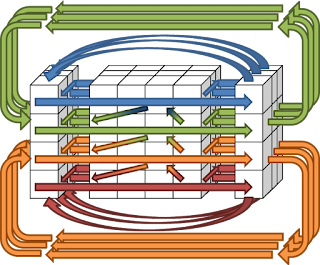Michael Mainelli and Ian Harris have written a wide-ranging survey of economics, choice theory (game theory, psychology and ethics), systems theory, chaos theory, global warming and evolution. So what’s all that got to do with the price of fish?
One of the themes running through the book is that the price of fish bears no relation to the value of fish, especially if we are concerned about long-term value and the sustainability of fish stocks.
Oscar Wilde famously defined a cynic as one who knows the price of everything and the value of nothing. This definition has also been applied to accountants and economists. Michael and Ian are leaders of the Long Finance initiative, a movement within the City of London that aims to overcome this kind of short-term financial cynicism.
Michael and Ian describe the price of fish as a wicked problem – a problem that lacks easy definition as well as easy answers. “Sustaining the supply of edible fish is a wicked problem that presents global risks.” (p 301) And yet they suggest that the system might possibly sort itself out. “As fish run out and have to be sustainably fished, the historic underpricing of fish ceases.” (293)
But this is no time for naive optimism, and the system will undoubtedly need some intervention. “When the price is the same as the value, there are opportunities for sustainable financing. So far, price has not equaled value for fish. This is the biggest, wicked decision-making problem of all: knowing how to set a price that equals the value.” (p 295)
In other words, the problem is not just the alarming dwindling of fish stocks but the collective cynicism that not only led to this problem but also amplifies it and resists dealing with it effectively. The key word in the problem statement is the word “set” – even if a few clever people can agree what the right price of fish should be, the real challenge is to set this price into global trading and consumption systems.
Read more »


